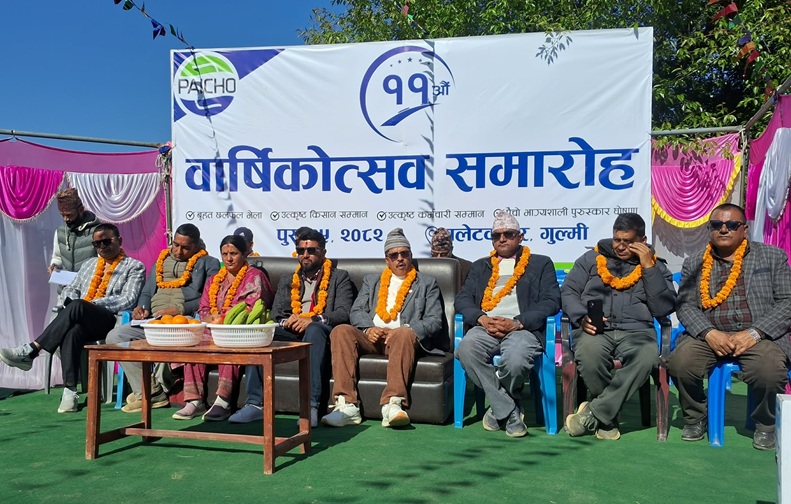Creating A Digital Nepal
Imagine, if you will, a Digital Nepal- a nation with a prospering digital sector, where our businesses, people, and government are all using digital technology to drive innovation, increase productivity, and enrich the quality of life for all the Nepalese. Seems cool, doesn’t it? Let’s discuss the fundamental steps needed to be taken to build a Digital Nation.
The first important step in building a Digital Nation is connectivity. The main foundation of a Digital Nepal will be connecting people around the nation with the high-speed, affordable and easily accessible internet. A World Bank report finds that a 10% increase in high-speed Internet connections increases economic growth by about13%. Currently, about 21% of the population of Nepal (6.5 million people) have access to the internet. Until now the availability of internet has been saturated in developed cities like Kathmandu and Biratnagar but with the advancement in technology and the competitive market of Internet Service providers (ISPs) the availability is rapidly increasing, and the prices have been continuously dropping.
The second important step in forming Digital Nepal will be the formation of platforms to add value to the availability of the Internet of the citizens. When people are connected, online businesses are inevitable to bloom. A Digital Nepali will have all access to products and services just a click away. No more standing in lines to pay your electricity and telephone bills; no more token system for depositing and withdrawing money from banks. A Digital Nepal will have fast, reliable, efficient and secure online payment gateways making financial transactions much faster.
Further, all the products will be available online, and most of them will be home delivered. Quite good news for everyone who hates shopping! Amazingly, such payment gateways and shopping platforms already exist in Nepal. We have payment gateways like e-Sewa and shopping platform such as Kaymu making life easier, but here again, the availability is constructed in the valley and some major cities. While making a digital Nepal, such platforms will increase their reliability and expand their availability in all places of Nepal.
The third and final stage will be to form a digital government. To form a Digital Nepal, serious efforts need to be made to digitalize the government, drive providing public services online, making visits to government offices an occasional event. Incorporating accessible technology in governmental enterprises helps agencies to improve productivity in municipal services and provide better social and community outcomes. A Digital Nepali will be able to vote for a parliament member via the internet while being at any part of the world using his digital signature. Such use of digital technology in Government will help it to operate more efficiently, to make better decision drive better results and to provide public services in a way that addresses the changing needs of businesses and people.
Sure, the road to a digital Nepal seems difficult. But even if we consider the recent trends in the development of ICT in the country, it will seem that a true Digital Nepal isn’t as far away as you think. What is needed right now is an improved education system which produces efficient manpower to carry this nation in the road of a Digital Revolution and improvement in policies by the government to make it easier for businesses to go online.







